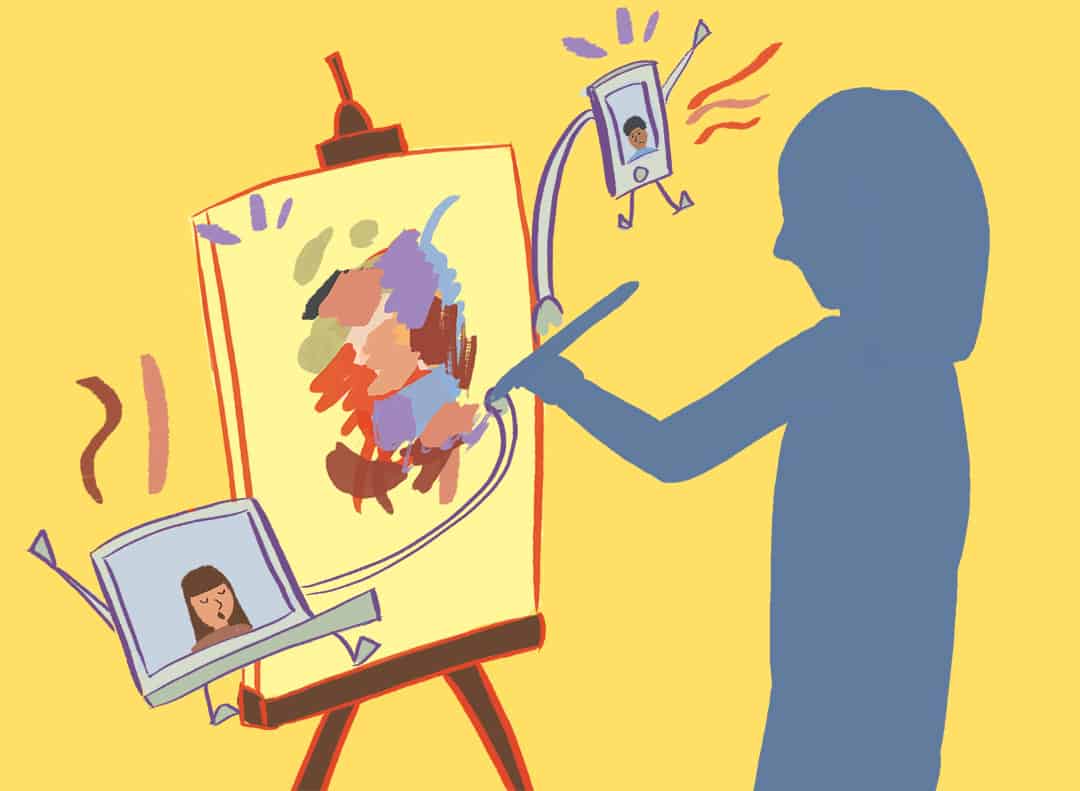What does it mean to be a critic at a time when opinions flood our news feeds and Facebook timelines, and everyone claims to have an important critical perspective? In the era of fake news — or “alternative facts,” as Trump advisor Kellyanne Conway would have us believe — and a rising level of inflammatory rhetoric across the globe, should we be attempting to distinguish between various critical views? And if so, what makes a good critic?
These were among the questions asked at a panel discussion held on January 12 by Generator, a local artistic incubator, which brought together four prominent artists and intellectuals to debate the issue of cultural criticism in an age where mainstream critical reviews are losing prominence.
When consumers choose what to click on and what to ignore, and when social media feeds are largely tailored for our individual news preferences, critical pieces often go unnoticed. This was much less the case in the age of print media, where physical newspapers served as vehicles for curated content.
The panel attributed much of the decline of professional criticism to the rise of blogs and the prominence of opinion writing online. A strength of digital media is that it allows for immediate dialogue between an audience, directors, casts, and critics, and it has resulted in a democratization of criticism with an increase in the diversity of voices being heard.
The question is: are all of those voices worthy of being heard? Glenn Sumi, Associate Entertainment Editor at NOW Magazine, wondered aloud if a theatre review provided by someone who hasn’t seen a theatrical production since high school is valuable – or, at least, as valuable as someone whose academic background and profession revolves around theatre criticism.
The question of objective value in art has long been debated by philosophers. That we disagree on what is good and what is bad is obvious, but perhaps this inconclusiveness reveals a purpose of art: to generate discussion. Philosophy Lecturer Scott Howard, who has taught the philosophy department’s aesthetics survey course, said, “The idea that art criticism is fundamentally about giving value verdicts isn’t mandatory.”
We have a tendency to view criticism as a consumer commodity: how many stars is an exhibit, performance, or other work of art worth, and is it worth spending my money on? In Howards view, perhaps we should be viewing criticism and the knowledge possessed by professional critics, as a “tool for explaining the different ways in which [a piece] might be an interesting artwork.”
Howard referenced philosophers such as Arnold Isenberg and Alexander Nehamas, and their belief that “the activity of the best critics isn’t reducible to stamping art as good or bad… instead, critics are communicating why that artwork is interesting, or what kind of experience it might afford.”
Panellist Michelle MacArthur, Assistant Professor at the University of Windsor’s School of Dramatic Art and prominent researcher of theatre criticism, expressed a similar view: “We cannot consider criticism and art as opposing forces. Together they are part of a healthy ecology.”
“If we think of criticism… as people explaining why they think stuff is interesting… then it doesn’t strike me as disastrous that the Internet lets everyone be a critic,” mused Howard. “I think there’s value in certain critical perspectives, but those perspectives aren’t only found in hallowed institutions like the London Review of Books… what makes for a good critical perspective isn’t the pedigree of the publication, but the insight of the author.”
We are entering an era where many believe the role of art in our lives is becoming more significant than ever as an outlet for dissent and expression, as a means of inciting conversation and critical thinking.
Perhaps criticism will have an imperative role in this, particularly as critics make sense of art from a variety of perspectives. It is not a time to shy away from the perspectives of others, but rather a time to internalize criticism, discuss, agree, and disagree.


